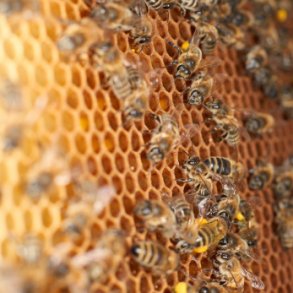Originally published as one article at virtualcommunitiesforimpact.org
There are many different ways to make decisions as a community. It’s up to you to find and use methods that work best for your community. Make sure your governance framework aligns with your community’s values in both an aspirational way and in a practical way.
Observe how your members act and interact, and use your observations to begin building the initial governance foundation and structure.Your structure can be updated and adapted on an ongoing basis or at a later time.
It is tempting to try and find the “perfect” governance structure and principles right away. To create an effective framework, take time to get to know your members and create a space where their relationships with one another can develop. Provide your members withcommon ground while the community is still in its early stages by creating basic guiding and decision-making principles.
No matter what type of virtual community you have, some decisions must be made regularly. Use these three common strategies to help guide common decisions more easily and more quickly.
- Get to know your community
Virtual communities require decision-making power to be distributed amongst the members. Learning about your community members and understanding their goals and needs will help you learn how to make decisions as a group. To better understand your members, you can:
- Learn from the interactions and small decisions that are being made within the community.
- Engage in a dialogue with the community to determine a common understanding of what the community is and what areas, topics, or processes will require a decision-making process.
- Observe members and pay attention to how they approach decision-making points.
Next, take what you have observed and use it to create a formal decision-making process.
- Minimal Viable Structure (MVS)
At every stage in your community’s development try to design decision-making mechanisms and processes that are as simplified as possible. This is simplification is called minimal viable structure (MVS). MVS helps to maintain the vitality and creativity of the group over time. For example, if your community is not yet doing commercial activities, it does not need principles and rules for this activity at this time.
During your community’s early stages, it is important to create basic, key decision-making mechanisms and processes that allow your virtual community to properly function by enabling it to make decisions now.These can be edited and updated over time. Be aware of who is involved in developing new decision-making mechanisms and outline a draft process to serve as a starting point.
- Common Agreements
How do virtual communities begin making decisions? For many communities, it begins by linking decision-making structures to their core values and vision. These two elements are the starting point and foundation for common agreements.
Common agreements are a simple summary document that details clear and complete information about how the group will operate and why. It is important to reference your MVS when creating common agreements.
In-person meetings are the ideal time to discuss decision-making mechanisms and processes. If possible, collect and document information about domains that require decision-making processes and present them to the group during an in-person meeting. Share your documentation with your group before the meeting and set time on the agenda to discuss decision-making.
It is important to remember that conversations about decision-making structures can create tension, debate, and even conflict among members. This is a normal part of the process.Having a trusted facilitator available to guide the discussion will ease the process and prevent or resolve tension.
As common agreements evolve over time, they become more stable. Be cautious about continuously changing community ground rules or decision-making processes. This can create confusion and frustration. Conversely, it is important to remain open and to adjust processes when necessary.
This was Part 1 of 3 parts. Now read Part 2 here.
“All content on this website is released under the Creative Commons license Attribution-NonCommercial-




